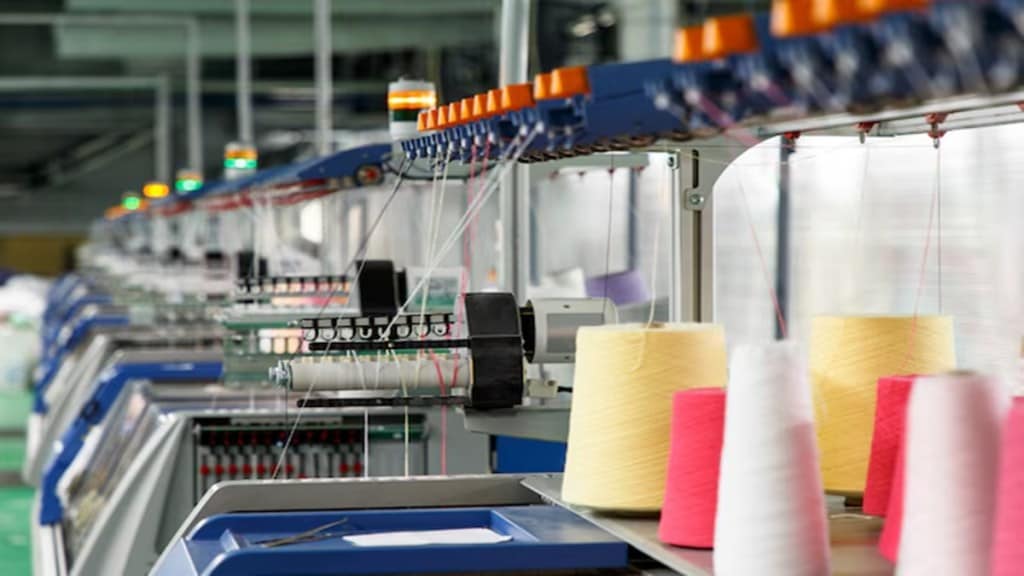With the US planning to impose reciprocal tariffs on imports from its trade partners from April 2, India’s textile and apparel industries want New Delhi to strike a “zero for zero” tariff deal with the country for most products, with special carve-out to safeguard “strategic products.”
Interestingly, the push for reciprocal tariffs by US President Donald Trump is being looked at as an opportunity by the Confederation of Indian Textile Industry (CITI) as it will further strengthen the growth of exports to the US. “We are looking forward now since the scenario has changed and the US is looking for new partners,” secretary general of CITI Chandrima Chatterjee said.
The proposal for zero duty textile and clothing trade between India and US has been conveyed by the industry to the government in the recent stakeholder consultations.
“India has a golden opportunity to expand its footprint in the US market, especially in light of recent US policy shifts increasing tariffs on key competitors like China, Mexico, and Canada,” CITI said. With reduced tariffs, India’s textile and apparel exports to the US could surge to $ 16 billion within the next three years from $ 10.8 billion in 2024.
“Currently, India has only 6% share in US apparel imports. Even if we grow another 4%, it is Rs 25,000 crore opportunity,” Convenor of the Coimbatore-based Indian Texpreneurs Federation Prabhu Damodaran said.
India is the third-largest supplier of textile and apparel products to the US after China and Vietnam. Its share is 10.8% of total imports of these products by the US of $ 118.4 billion.
China remains the dominant supplier with a 25.6% share. However, US imports from China have declined at a CAGR of 9.4% over the last five years (2024 to 2020) while imports from India have grown at a CAGR of 9.1% during the same period. “There is a window of opportunity for India to strengthen its position in the US market,” CITI said.
In 2024, US textile and apparel imports from India stood at approximately $ 10.8 billion, whereas US exports to India were limited to just $ 0.41 billion. India primarily imports fiber products from the US, with cotton making up 50.6% of the total.
“There isn’t enough cotton available in India this year due to crop failures. Mills are already facing shortages, so this tariff move should be leveraged to India’s advantage,” Chief Advisor of the Tamil Nadu Spinning Mills Association K Venkatachalam said.
China has already imposed retaliatory duties on US cotton. Compared to China, India now holds an advantage. While India currently imposes an 11% duty on cotton, it charges only 5.5% on imports from some African nations due to bilateral trade agreements. “We can extend the same benefit to the US and, in return, seek preferential treatment for Indian apparel,” Damodaran said.
The USA is the world’s single largest apparel importing country, primarily sourcing from Asia. It is one of our major export destinations accounting for approximately 35% of Indian apparel exports. In 2024 apparel exports to the US were $ 5.2 billion with a growth of 11.2% over 2023, according to secretary general of AEPC Mithileshwar Thakur.
The industry is also of the view that while focussing on bigger contributors to the export basket, the government should not lose sight of sectors like manmade fibres where India is emerging as a supplier. The AEPC has listed products where exports to the US exceed $ 100 million and products covered by the Production Linked Incentive (PLI) scheme as strategic for India in the negotiations.
Between January and December 2024, the US imported $79.26 billion worth of apparel. Of this, China accounted for 21%, followed by Vietnam (19%), Bangladesh (9.3%), and India (5.9%).
